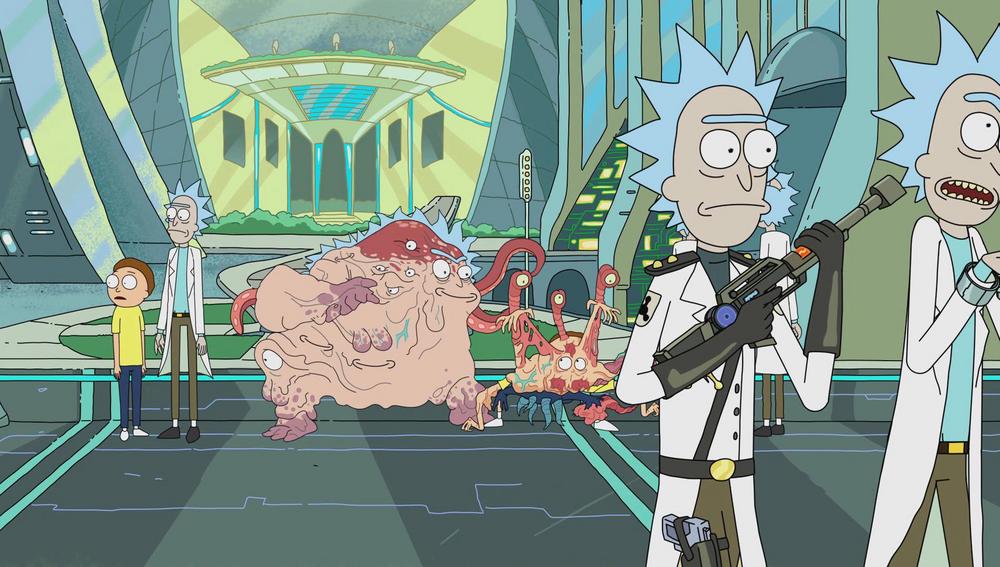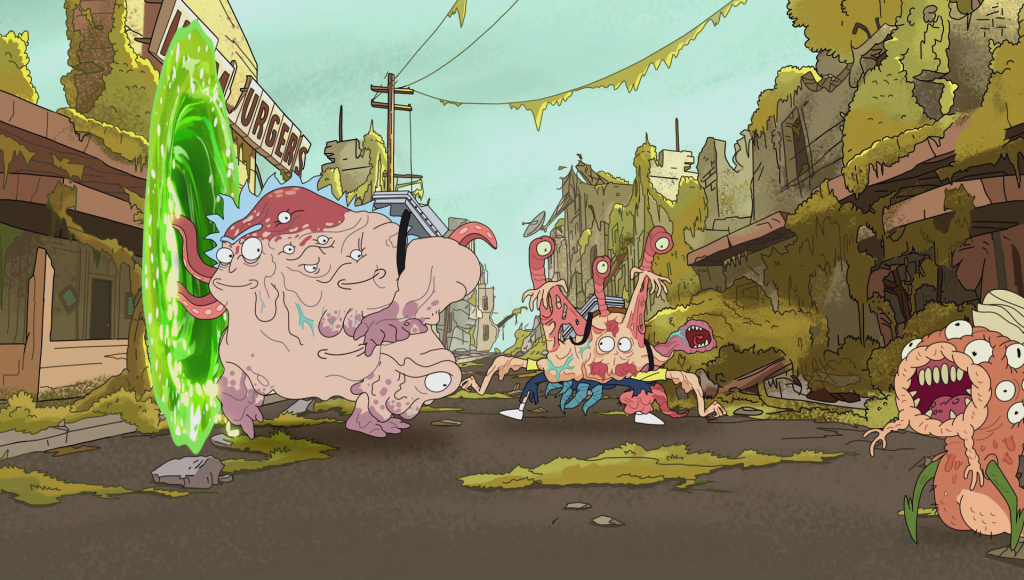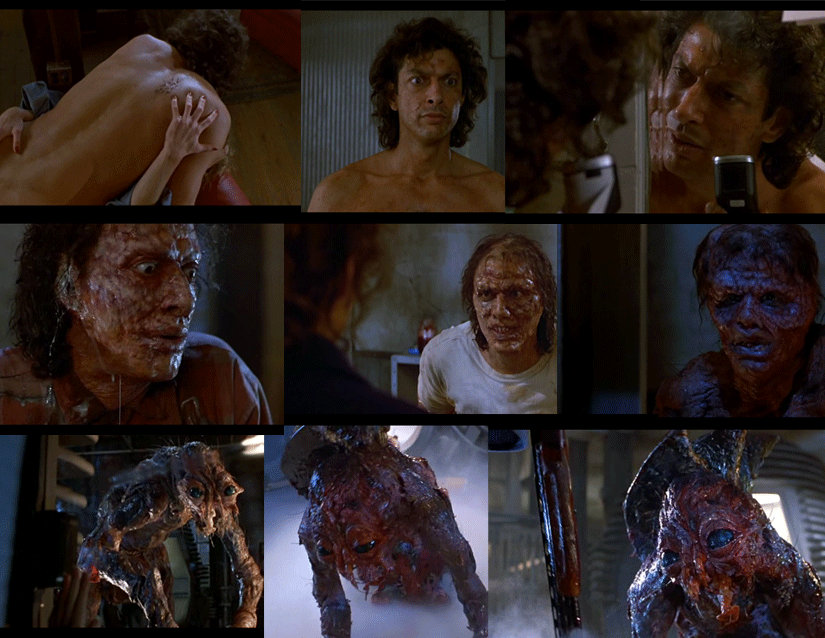Lynx's "Is it ok for guys..." Campaign shows masculinity in todays society, a new generation of man who wears pink, shows his emotions, be a virgin, experiment with guys and so forth. The tagline it ends with being "Is it okay to be yourself?" typed into a google search bar, I find this really powerful especially for the Millennial generation, who relies a lot on the internet as a diagnosis for their illnesses, an information point and general agony aunt, through fear of actually opening up to other people.
Lynx's audience targets young men, which is perfect as they seek to educate about a new age of masculinity, a man can do all these things. Throughout the video there are serious notes for example "Is it okay to be depressed", alongside more light hearted humorous anecdotes "Is it okay for me to be the little spoon?" I want to harness this use of humour in my visual outcome, as I feel often people especially of my generation, would rather watch a funny viral video than one with dark or serious undertones.
I feel the crudeness (increasingly large phallic imagery) in my animation is justified and will appeal to a Millennial audience, as a funny video, the serious undertones are more accessible and light hearted.
CALM campaign 84 I actually looked into for last years cop, it's as relevant as I'm also looking at how social media platforms can boost awareness. The striking heart-wrenching visual of the sculptures is a perfect example of how the visual is so much stronger than words.
CALM's other campaign #ChangeThePicture proves how the visual and written communicate well together, furthermore trying to deconstruct this facade of perfect lives on social media.
Colour theory suggests that in China black is the colour for little boys, in Western circles black is more representative of darkness, death and something sinister. It seems only right therefore that black is used as the contrast to the bright vibrant imagery alongside it, this stark visual symbolism speaks volumes as the images juxtapose the text so much.

Delving more into colour theory, for the essay I want to compare film posters. The first being Die Hard (1988), a hollywood hit starring Bruce Willis who embodies the perfect Western man, harnessing ideals of masculinity through his physical and mental strength, he plays the aggressive hero. Contrasting this is Enter the Dragon, this is actually part aWestern film where Bruce Lee is made to be more 'appealing' to a Western audience, as it was produced by Hong Kong and American cinema. Director Robert Clouse attempts to "kick the strut out of Lee", alluding to a dilution of culture, the film furthermore combines martial arts cinema with an emerging sub genre 'Blaxploitation':
"Blaxploitation or blacksploitation is an ethnic subgenre of the exploitation film that emerged in the United States during the early 1970s. The films, though receiving backlash for stereotypical characters, are among the first in which black characters and communities are the heroes and subjects of film and television, rather than sidekicks or victims of brutality. The genre's inception coincides with the rethinking of race relations in the 1970s."
[https://en.wikipedia.org/wiki/Blaxploitation]
It's interesting how culturally the men are placed, the black 'stud' character goes with many women and doesn't survive until the end while the Chinese character has the 'strut' taken out of him to appeal to Western audiences while the white male protagonist goes with the white women who is in charge.











